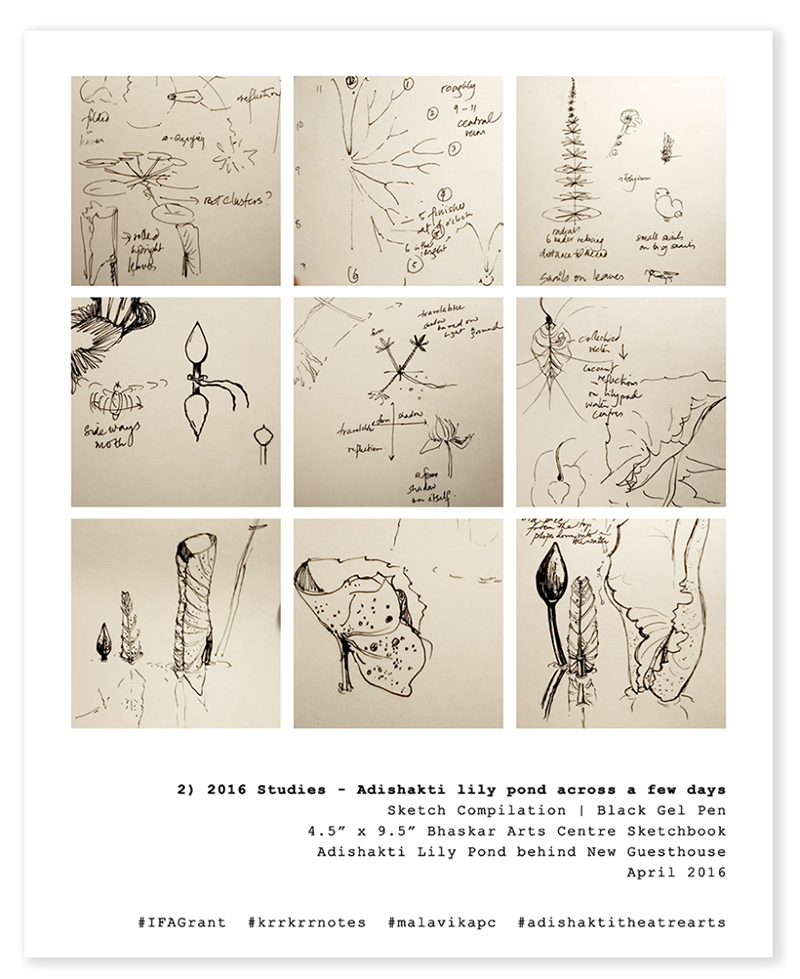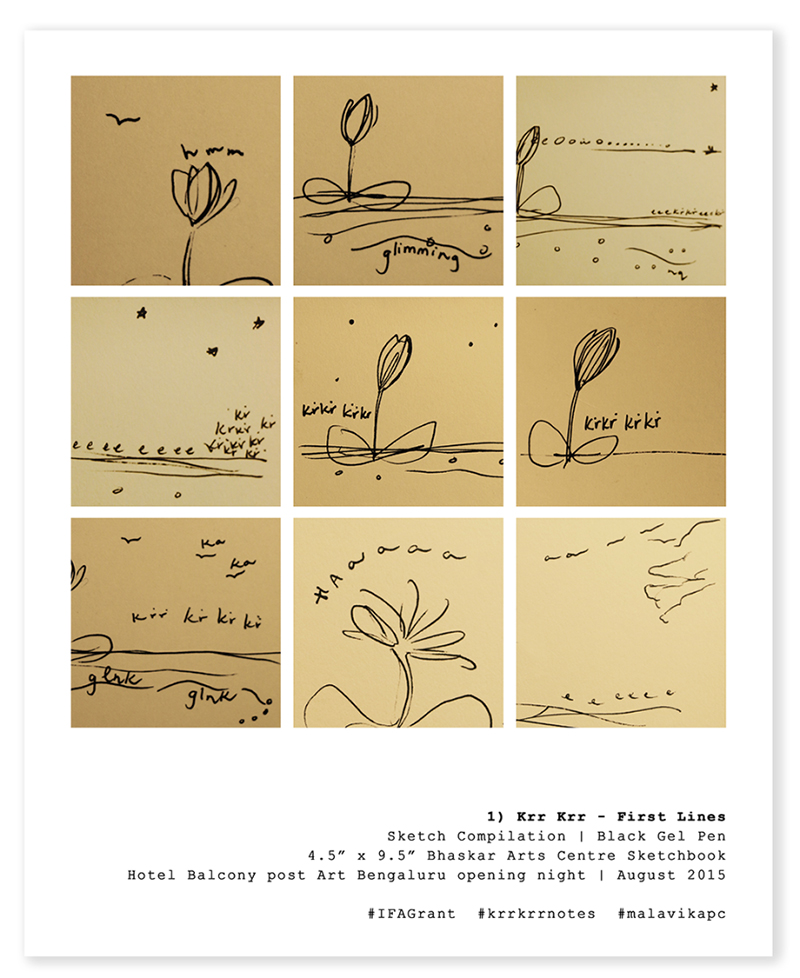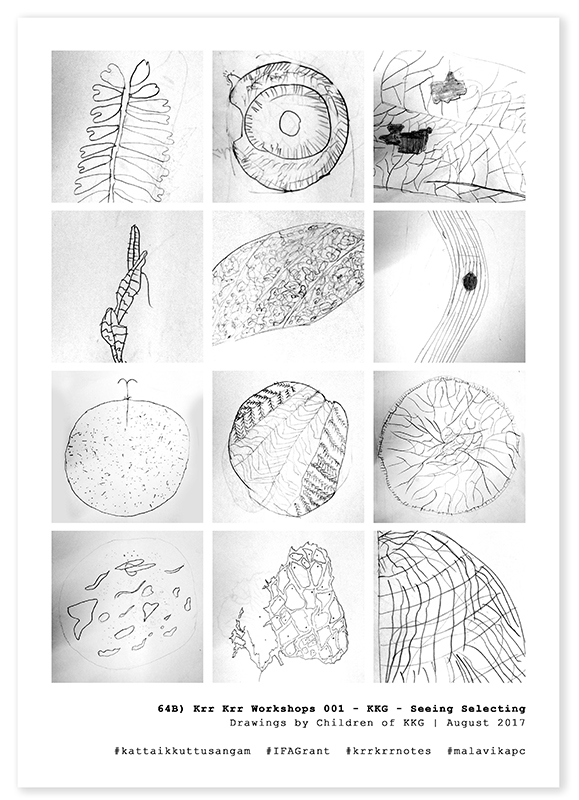Malavika PC




Grant Period: over one year
Malavika P C completed her Bachelors in Fine Arts from Department of Industrial Design in Ceramics from Government College of Fine Arts, Chennai. She has worked with various organisations as graphic designer, illustrator, art director and writer. Her illustrations have been published by Duckbill Publications, Blaft Publications, Sahitya Akademi, Himal South Asian, Times of India and Time Out Bengaluru among others. This multifaceted artist has participated in solo and group shows in Tamilnadu, Pondicherry and Bangalore and has written extensively for almost all major English dailies and journals. Trained in Adishakti, she has also conducted radio and television shows and acted in plays. She has worked with IFA grantees Perch, and Anushka Meenakshi for the U-Ra-Mi-Li project. For this project it is significant to note that she has conducted a notable number of workshops with children in various parts of the country over the last five years and was a member of the Society for Children’s Book Writers and Illustrators, India.
In her current project, tentatively titled Krr Krr, Malavika wants to challenge the idea of children’s book and the canonical understanding of their production. The mainstream publication industry avoids abstractions and contemplations when it comes to children’s books. The ideal reader of the children’s book is imagined to have a simplistic understanding of their surroundings. Through the conventional ‘workbook’ type publications, they are pushed to do ‘activities’ with their time in a prescribed way. ‘Idling’ is often ridiculed in children’s books. The books are reduced to a tool to deliver a ‘message’. Malavika wants to question this popular understanding by making a book in collaboration with children. The book will be a fully illustrated picture book that observes a lily in a pond from sunset to sunrise, noting subtle changes and shifts in the environment. By setting up a time-lapse camera she wants to record these subtle changes and then explore the ambient sights and sounds like a graphic score. The movements and sounds in the surrounding will be illustrated typographically with reference to this apparently still frame. She will take help of a specialist in coastal water bodies of South India for this research phase.
For Malavika, working with children is the most important and interesting part of the project. Through her years of experience of conducting workshops with children she has felt excited by the openness and curiosity children have towards abstraction. She feels restricted by the standard fairytale approach to such subjects and hopes this project will not just challenge that hegemony but also create a new trajectory for her own practice. She is aware that an adult trying to approach the children’s world poses unique difficulties but from her years of working with children she is confident of respecting their views and create mutually enjoyable work, instead of starting from a point of pedagogy. To this end she will conduct a series of daylong workshops with children from villages of Tamilnadu. For some time now she has been taking the help of the Eureka Child Reading Programme and AID India volunteers to reach Tamil speaking children in the remote villages of Tamilnadu for her work. She will be teaming up with them for this work as well. The language, content and visualisation of the book will be finalised through these workshops. Until the final layout is ready, all elements in the book will be hand drawn images and collages.
This project presents multiple possibilities for IFA. In the recent years IFA has been supporting graphic novels and illustrative works on various subjects. It seems graphic storytelling in India has reached a moment where it is slowly finding a language of its own to work with complex subjects and forms. Malavika’s book will definitely be a welcome addition to that oeuvre. On the other hand, IFA has supported research on children’s literature and storytelling. The Arts Education programme supports a plethora of work with school children lead by teachers and artists and through our Arts Research programme in earlier years we have supported enquiries into children’s literature. The concept of this project is quite distinct from those projects as the children decide the shape and content of the final outcome. The artist only works as an enabler - taking responsibility for starting and ending the process. In that context Malavika is venturing out to achieve what is ambiguous and uncertain. While one hopes that the workshops will help her shape the book, there is always a risk in a project when children are involved that could take unexpected turns. Also, Malavika is a contemplative artist and can be difficult to reach sometimes. However, considering the merit of the project one can assume it will turn out to be an exciting new experience both for the artist and the children involved.
Malavika wants to print 1000 copies of the final book. She wants to print them from an offset printer in Chennai she has been working with since 2004. While AID India and Karadi Books, a children’s book publisher, has expressed interest to print the book for commercial circulation they will only confirm after seeing the initial print. She wants to explore channels outside the mainstream market and wants to reach out to the suburban and rural children who are not the usual target customers for the children’s book market. When the book is ready, she will create an exhibition with original art work from the project as part of a book launch event. The book and the exhibition will be the outcome of the project. She will deposit photographs and audio-video documentation of the project, various drafts and final layout of the book, design and catalogue of the exhibition as deliverables. Considering the scope and extent of the project her budget is adequate.
